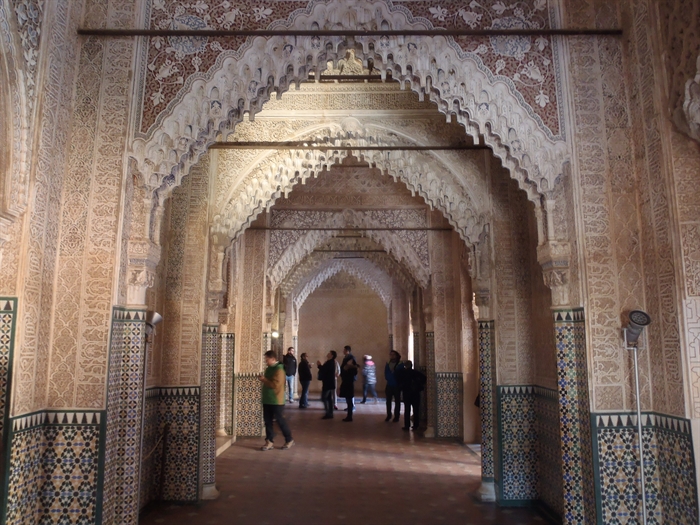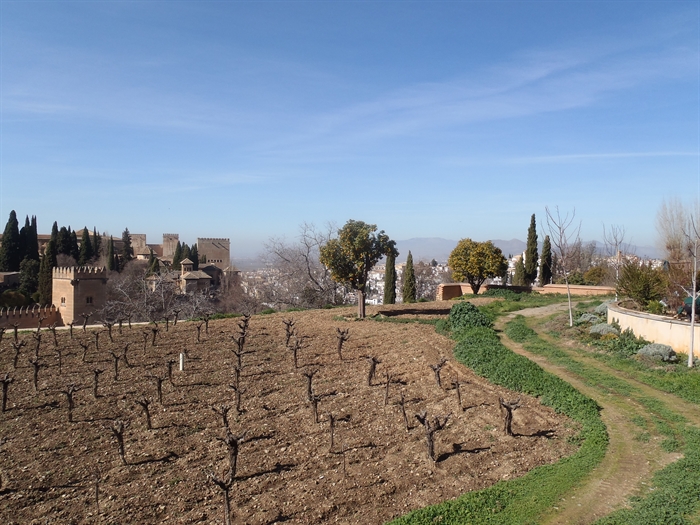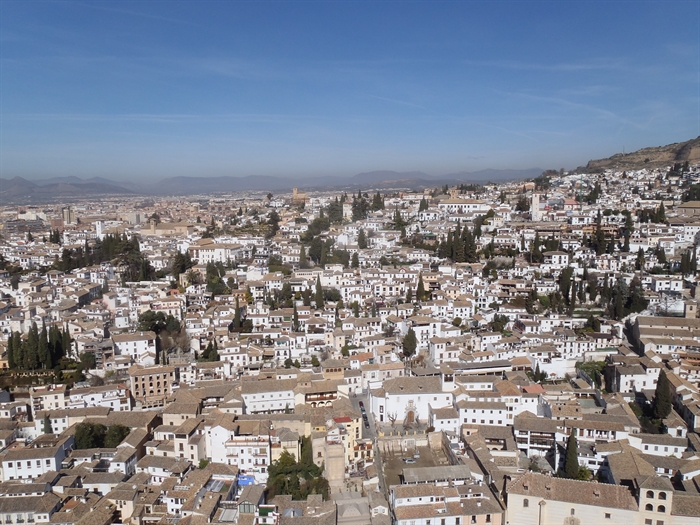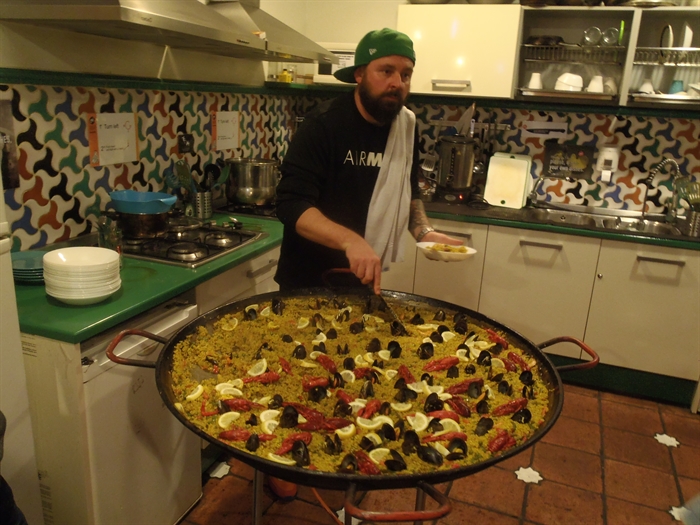
Alhambra Arch
(SCOTT MORAN / iNFOnews.ca)
February 08, 2017 - 12:09 PM
OPINION
Spain has been an incredible adventure for me this winter. I am now at my last month of a fourteen week trip. Most of my time in this country has been spent volunteering on farms to save money and enjoy village life but now I am back on the tourist trail of cities and hostels.
My trip began in Catalonia in Spain's north, and I have worked my way south down the Mediterranean Coast. Now I have done a complete circle around one of Europe's largest mountain ranges (the Sierra Nevada) and settled in to the southern city of Granada. Granada is my favourite city so far and for several different reasons.
Granada is home to the most visited attraction in Spain, the Moorish fortress of Alhambra. For the sake of reference Moor is just a very loose reference to the arabs in and near Europe. This collection of building was created over a period of hundreds of years and is loaded with intricately detailed and geometric Arabic architecture.
The Alhambra is mostly renowned for its sculpted palace and decorative gardens but I was very excited to see that crops are being grown within the walls. Greens, legumes, fruit, grapes, and many others can be found. The old rulers, despite their wealth and extravagance, clearly had respect for produce.

Alhambra Garden
(SCOTT MORAN / iNFOnews.ca)
The most important feature of this area is water. The Alhambra is placed on a hillside so water can flow with the help of gravity. All the stairs and paths have small channels and the entire complex is irrigated from one source at the top of the hill. This self sufficient collection of gardens and palaces is the representation of the peak of Arab culture in Europe. This empire was evicted by Christian armies in 1492, including Christopher Columbus and his sponsor, the Spanish monarchy. Many valuables were left behind and helped fund the exploration of the Americas in the same year.
After a morning tour of this beautiful and ancient city within the city, it is recommended to visit a bar (or several) for tapas. Tapas means every drink comes with a small plate of free food. A very thirsty person can comfortably get through a day without buying any food.

A UNESCO city
(SCOTT MORAN / iNFOnews.ca)
The hostel I am living in is in the heart of a UNESCO protected heritage site. It is another example of the arabic heritage of this region. It feels like I am living in a moroccan village. The hostel itself is in the same design as the riad hotels in Morocco. The only difference is our building has a glass ceiling, in Morocco they have no ceiling and banana or palm trees will be growing up past two or three floors to reach the light.

Hostel Paella
(SCOTT MORAN / iNFOnews.ca)
Hostels are not known for food but at my current home our tour guide serves all-you-can-eat paella (Spanish rice dish) for five euros. Food is so abundant and affordable here that it can be overwhelming. High quality mangos, oranges, avocados, local greens, are available at every corner store. A large bag of fruit might only cost two or three dollars.
I have a few cities in the south of Spain that I want to see before my trip is done but I am not sure if I will be able to leave Granada. The choice to see less and continue relaxing and thriving happily in my current surroundings is very appealing. Fortunately I do not have to return to the Okanagan for one month. I will be back in time for spring and ready to continue my work in Kelowna foraging local wild greens for our chefs.
News from © iNFOnews, 2017